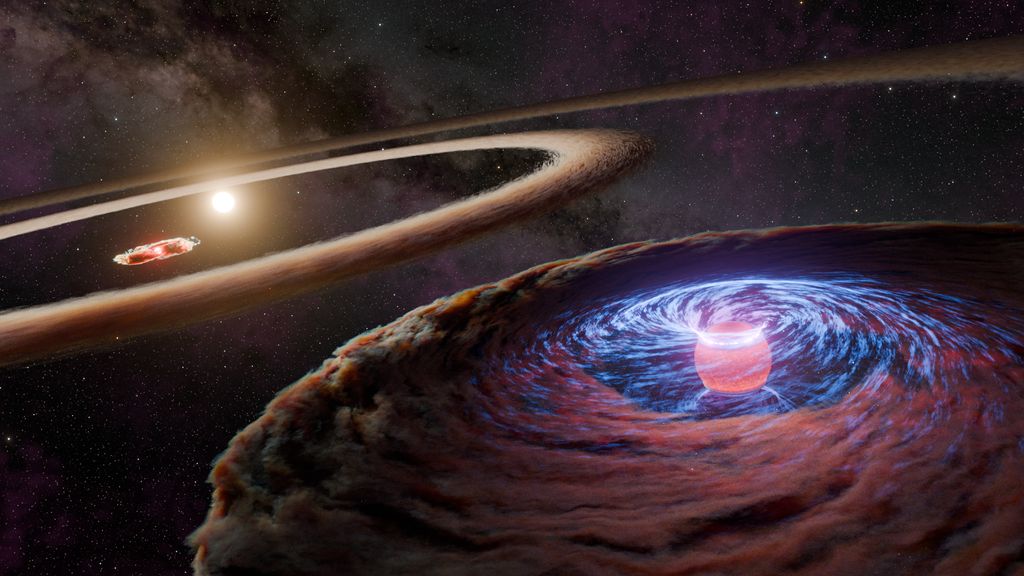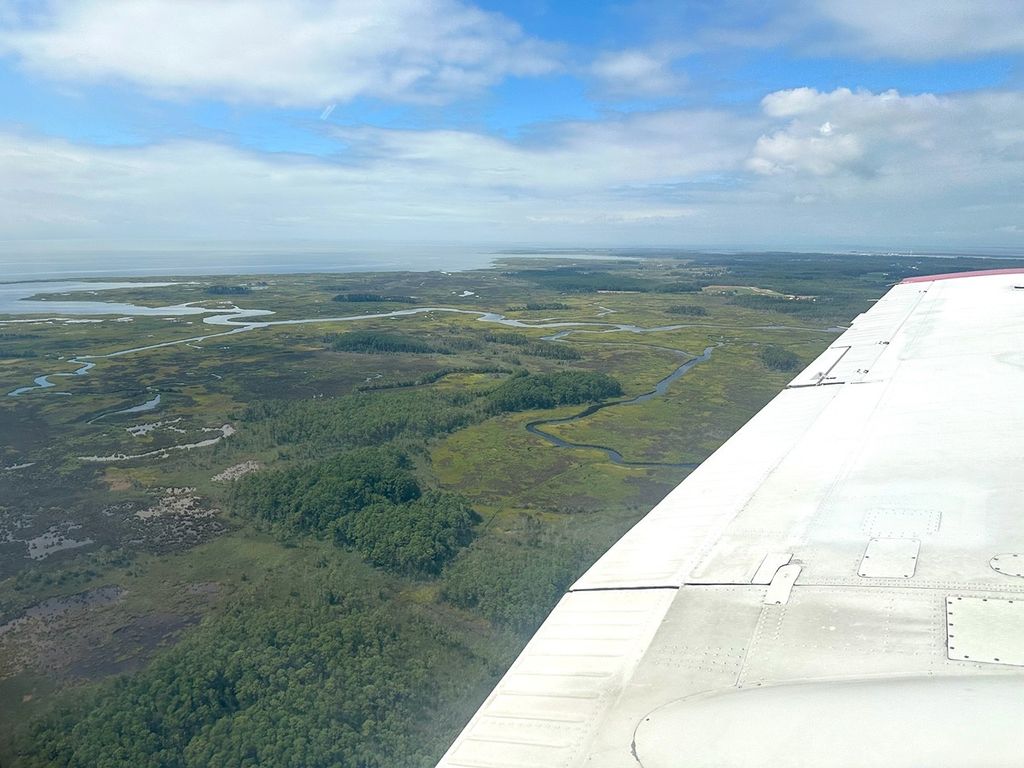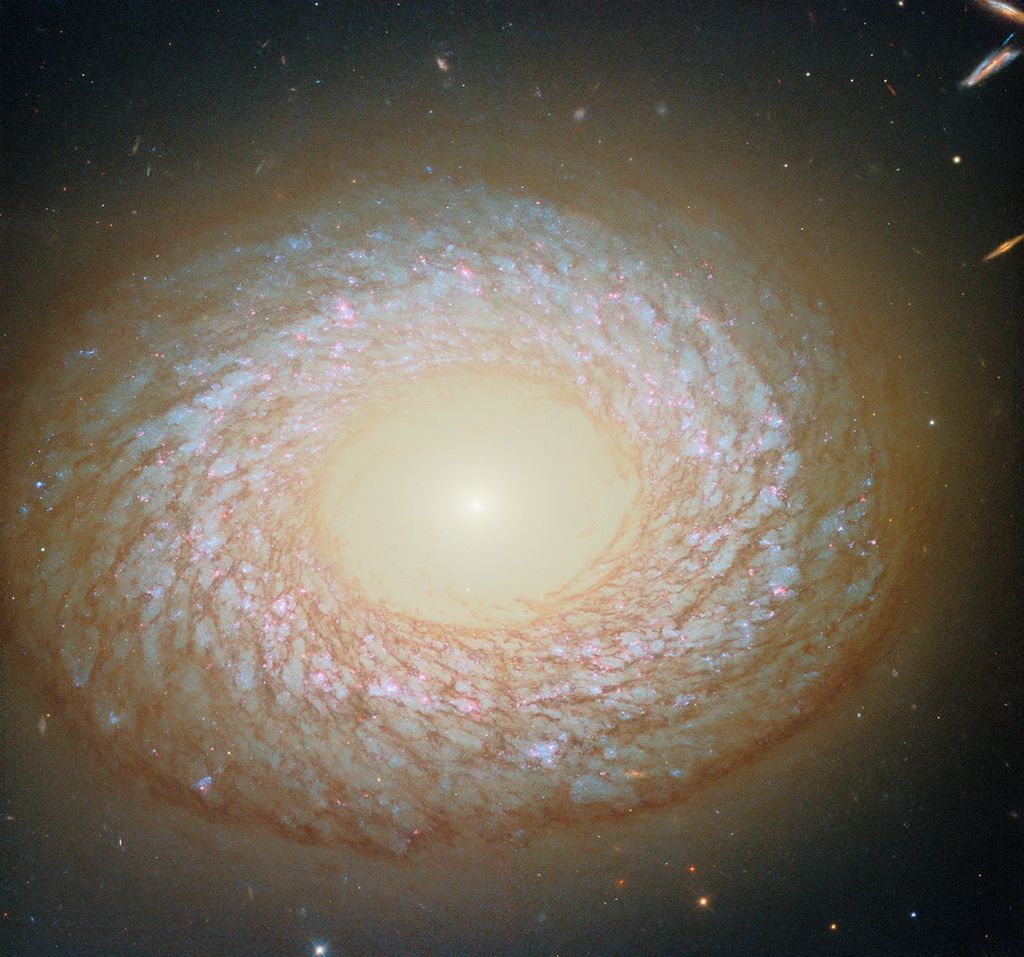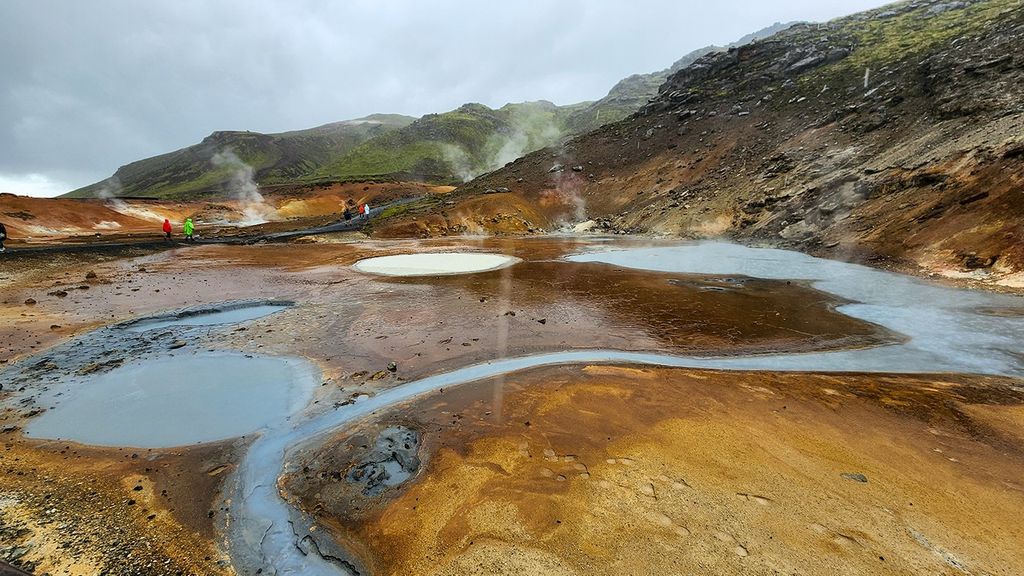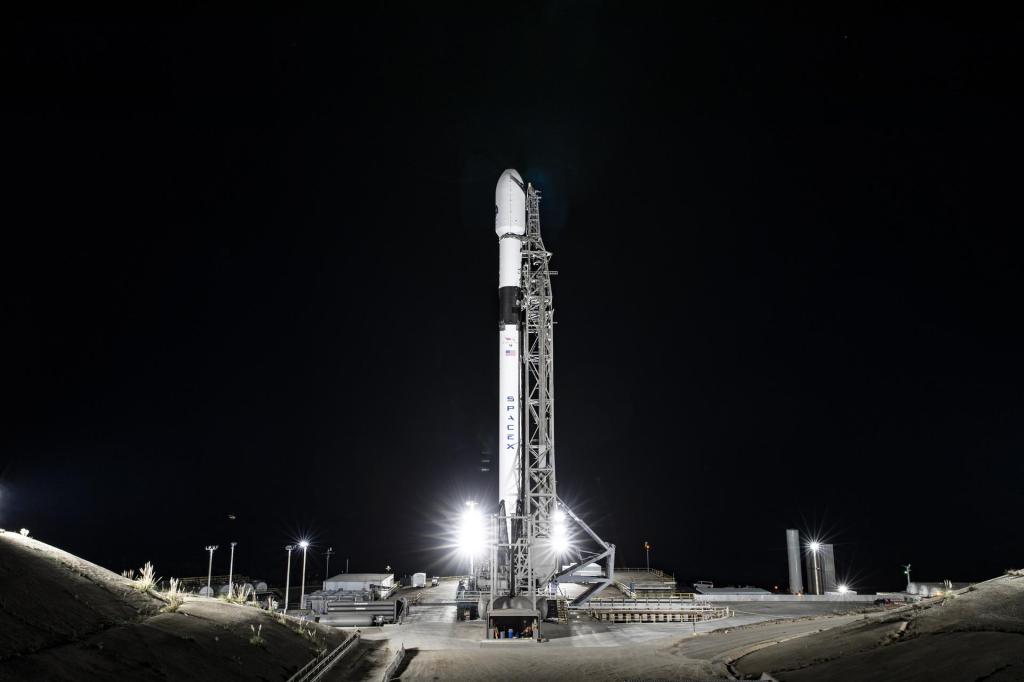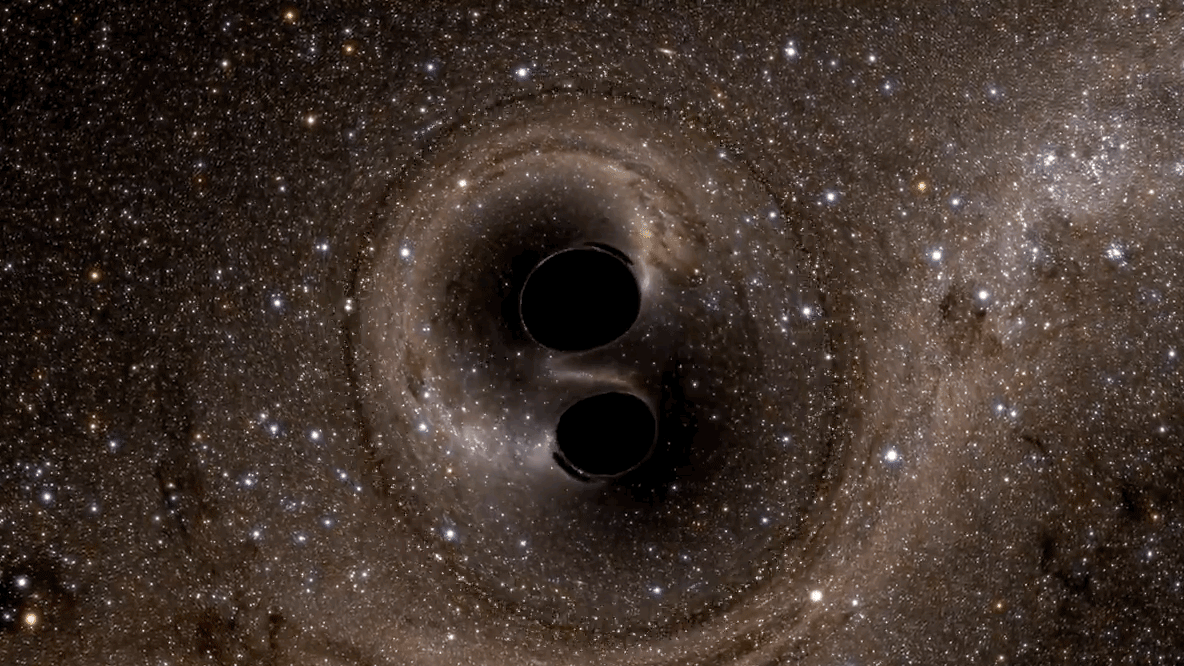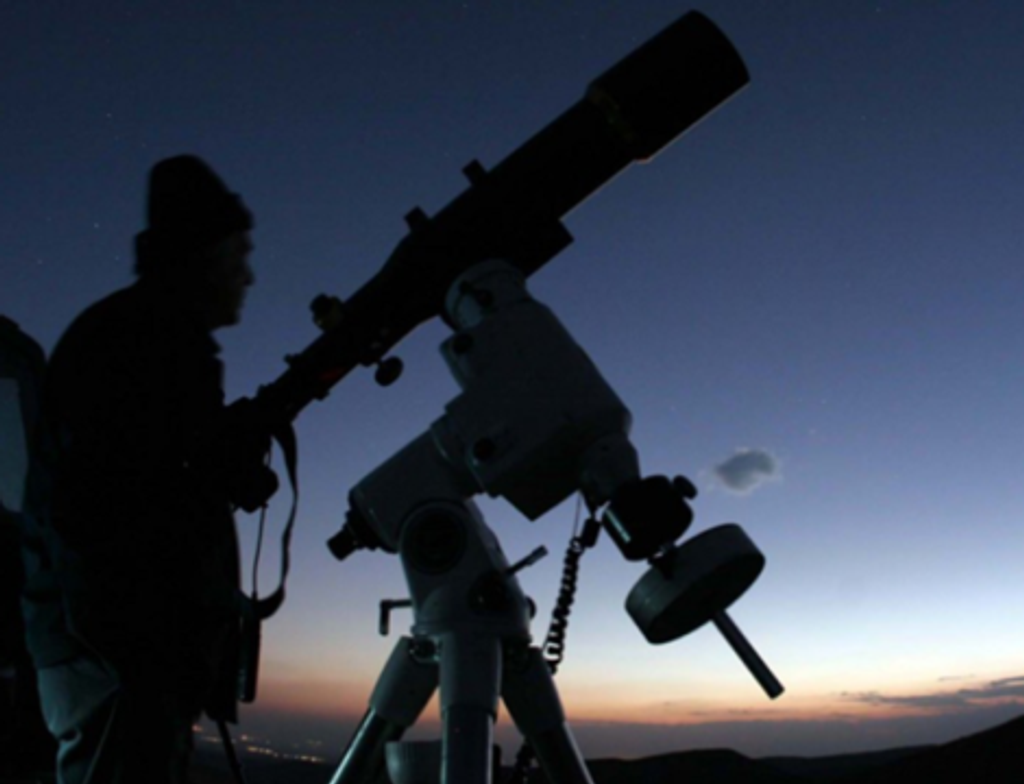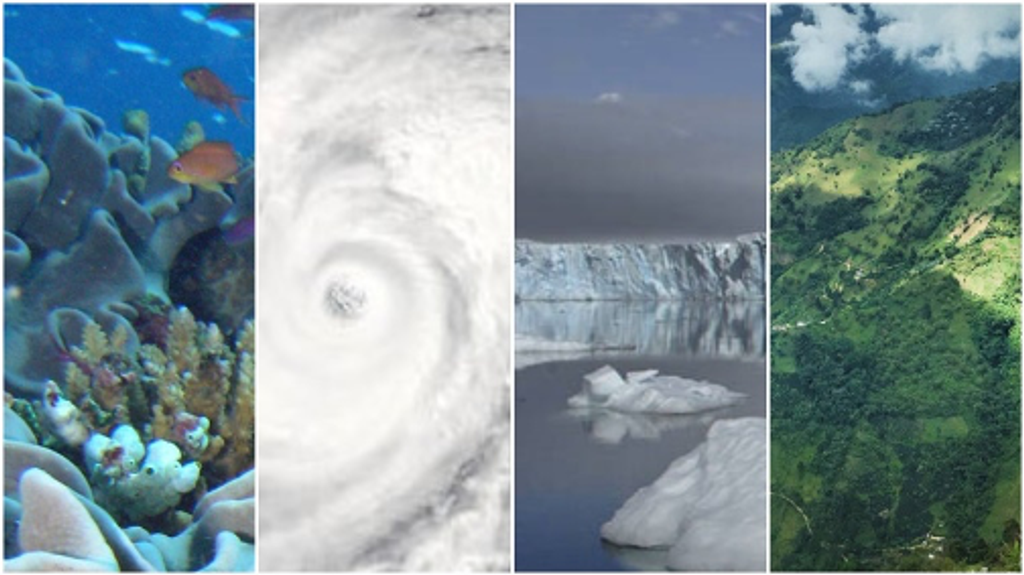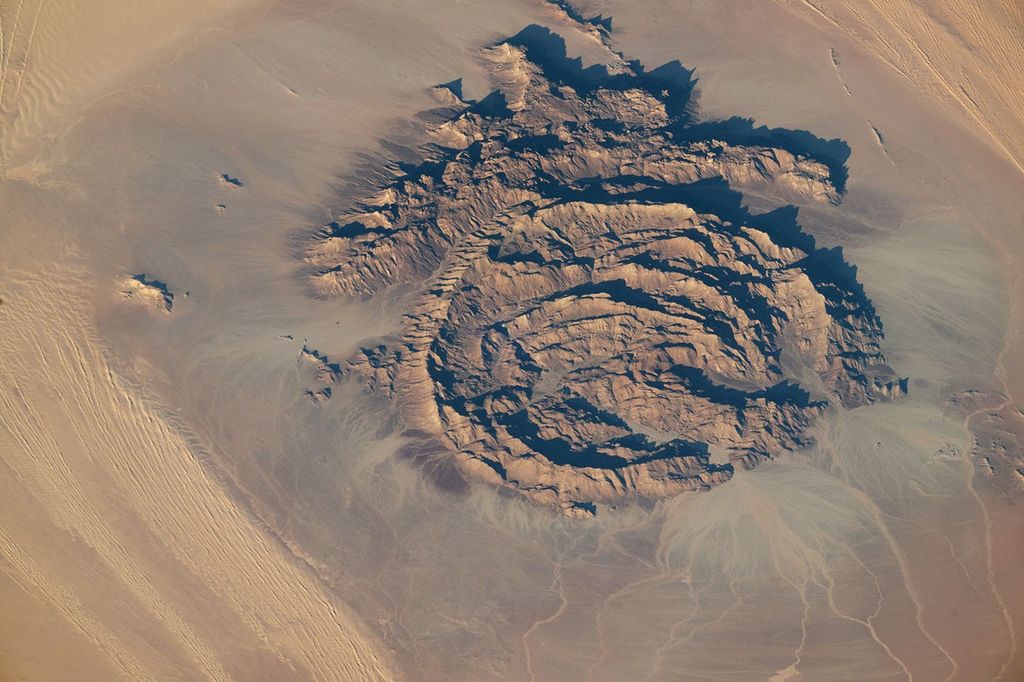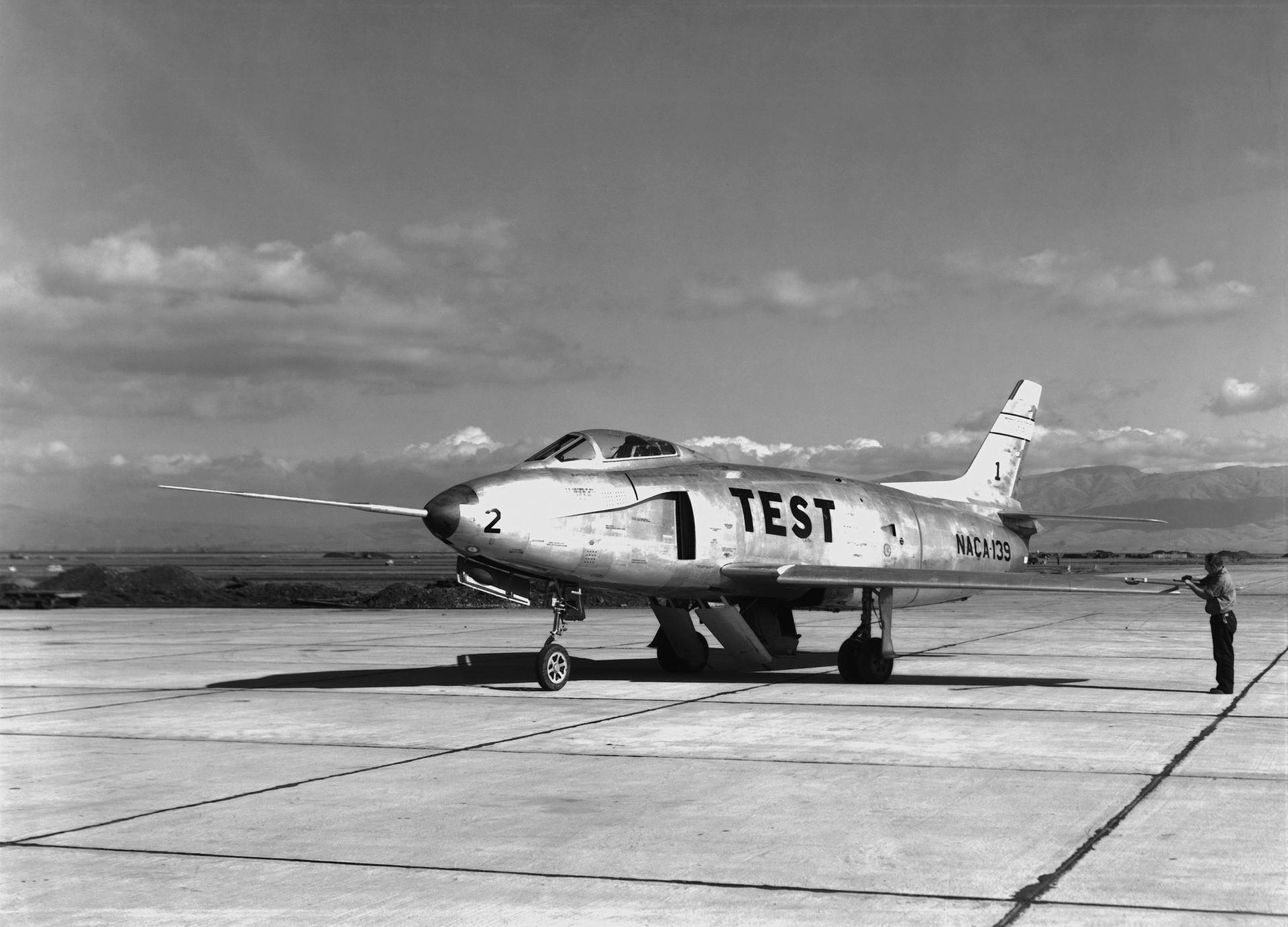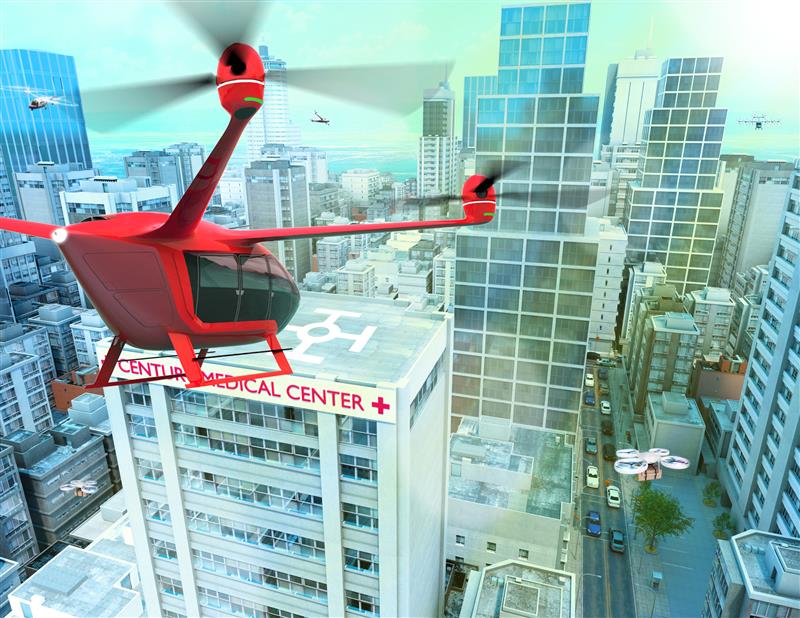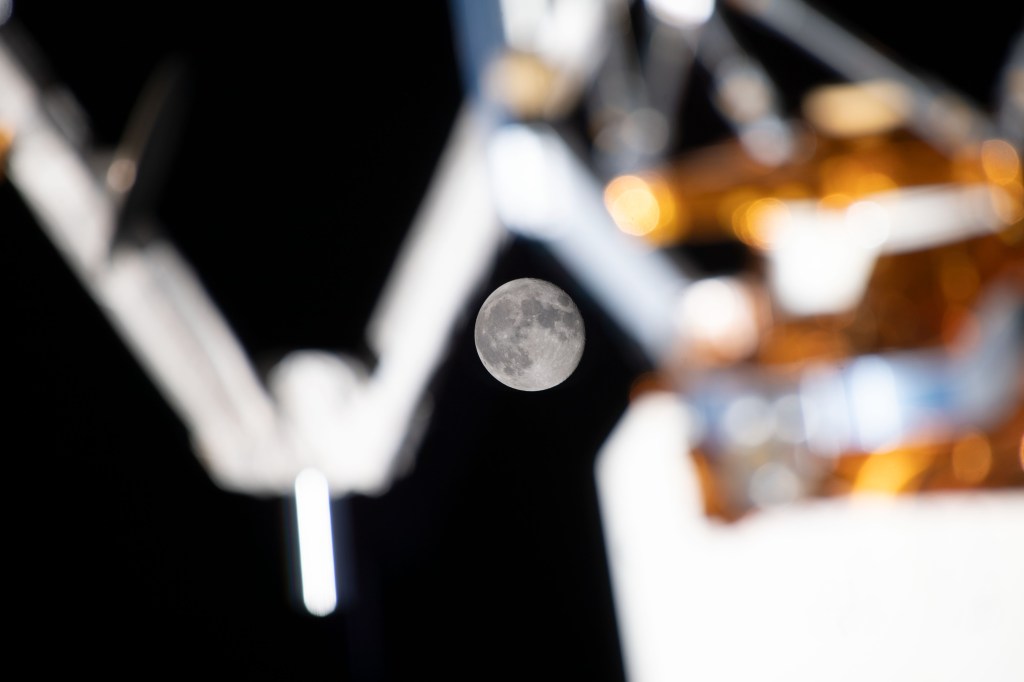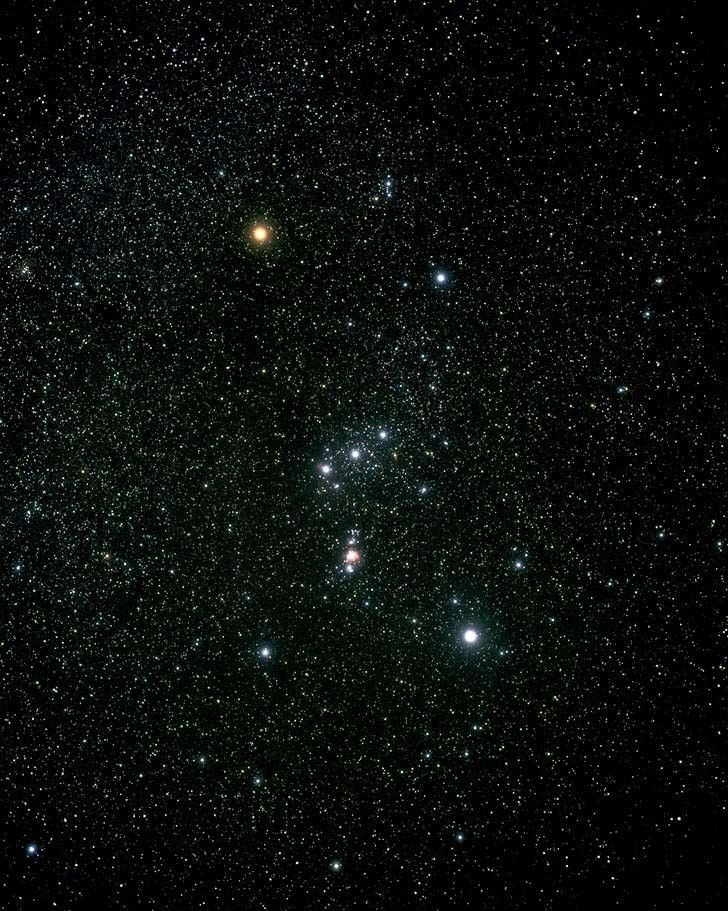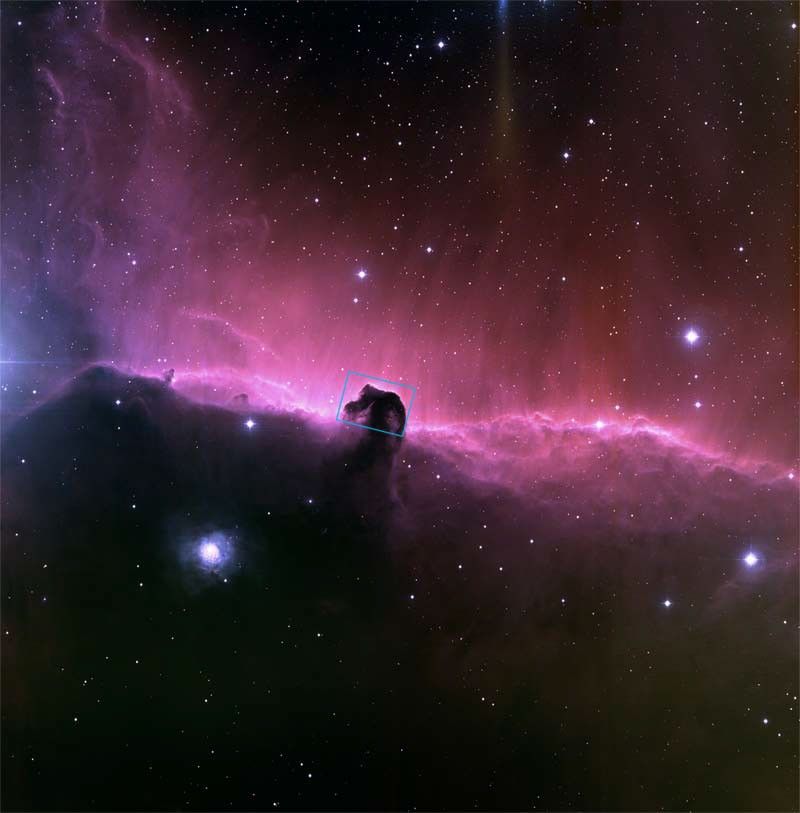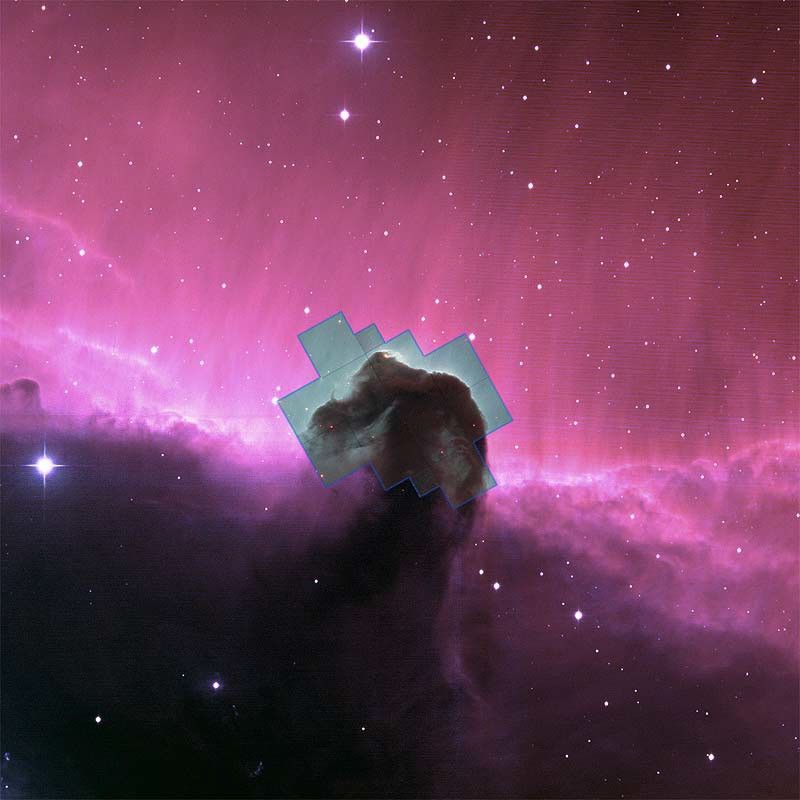1 min read
The Horsehead Nebula

Rising from a sea of dust and gas like a giant seahorse, the Horsehead nebula is one of the most photographed objects in the sky. NASA's Hubble Space Telescope took a close-up look at this heavenly icon, revealing the cloud's intricate structure. This detailed view of the horse's head is being released to celebrate the orbiting observatory's eleventh anniversary. Produced by the Hubble Heritage Project, this picture is a testament to the Horsehead's popularity. Internet voters selected this object for the orbiting telescope to view.
The Horsehead, also known as Barnard 33, is a cold, dark cloud of gas and dust, silhouetted against the bright nebula, IC 434. The bright area at the top left edge is a young star still embedded in its nursery of gas and dust. But radiation from this hot star is eroding the stellar nursery. The top of the nebula also is being sculpted by radiation from a massive star located out of Hubble's field of view.
Only by chance does the nebula roughly resemble the head of a horse. Its unusual shape was first discovered on a photographic plate in the late 1800s. Located in the constellation Orion, the Horsehead is a cousin of the famous pillars of dust and gas known as the Eagle nebula. Both tower-like nebulas are cocoons of young stars.
The Horsehead nebula lies just south of the bright star Zeta Orionis, which is easily visible to the unaided eye as the left-hand star in the line of three that form Orion's Belt. Amateur astronomers often use the Horsehead as a test of their observing skills; it is known as one of the more difficult objects to see visually in an amateur-sized telescope.
The magnificent extent of the Horsehead is best appreciated in a new wide-field image of the nebula being released today by the National Optical Astronomy Observatory, taken by Travis Rector with the National Science Foundation's 0.9-meter telescope at Kitt Peak National Observatory near Tucson, AZ.
This popular celestial target was the clear winner among more than 5,000 Internet voters, who were asked last year to select an astronomical target for the Hubble telescope to observe. The voters included students, teachers, and professional and amateur astronomers.
This 11th anniversary release image was composed by the Hubble Heritage Team, which superimposed Hubble data onto ground-based data (limited to small triangular regions around the outer edge of the image). Ground-based image courtesy of Nigel A. Sharp (NOAO/AURA/NSF) taken at the 0.9-meter telescope on Kitt Peak.
About the Object
- R.A. PositionR.A. PositionRight ascension – analogous to longitude – is one component of an object's position.05h 40m 58.99s
- Dec. PositionDec. PositionDeclination – analogous to latitude – is one component of an object's position.-2° 27' 29.99"
- ConstellationConstellationOne of 88 recognized regions of the celestial sphere in which the object appears.Orion
- DistanceDistanceThe physical distance from Earth to the astronomical object. Distances within our solar system are usually measured in Astronomical Units (AU). Distances between stars are usually measured in light-years. Interstellar distances can also be measured in parsecs.About 490 pc (1,600 light-years)
- DimensionsDimensionsThe physical size of the object or the apparent angle it subtends on the sky.The image is roughly 0.67 pc (2.2 light-years) in the horizontal dimension.
About the Data
- Data DescriptionData DescriptionProposal: A description of the observations, their scientific justification, and the links to the data available in the science archive.
Science Team: The astronomers who planned the observations and analyzed the data. "PI" refers to the Principal Investigator.Principal Astronomers: K. Noll (Hubble Heritage PI), C. Luginbuhl (USNO), F. Hamilton, H. Bond, C. Christian, L. Frattare, Z. Levay (Hubble Heritage Team, STScI), J. English (U. Manitoba), R. Whitaker (St. Andrews, U.K.). - InstrumentInstrumentThe science instrument used to produce the data.HST>WFPC2
- Exposure DatesExposure DatesThe date(s) that the telescope made its observations and the total exposure time.August - September 2000, and January - February 2001, Exposure Time: 4.6 hours
- FiltersFiltersThe camera filters that were used in the science observations.F439W (B), F555W (V), F656N (Ha), and F814W (I)
- Object NameObject NameA name or catalog number that astronomers use to identify an astronomical object.Horsehead Nebula; Barnard 33
- Object DescriptionObject DescriptionThe type of astronomical object.Dark Nebula
- Release DateApril 24, 2001
- Science ReleaseBy Popular Demand: Hubble Observes the Horsehead Nebula
- CreditNASA, NOAO, ESA and The Hubble Heritage Team (STScI/AURA); Acknowledgment: K. Noll (Hubble Heritage PI/STScI), C. Luginbuhl (USNO), F. Hamilton (Hubble Heritage/STScI)
Related Images & Videos
Share
Details
Claire Andreoli
NASA’s Goddard Space Flight Center
Greenbelt, Maryland
claire.andreoli@nasa.gov

